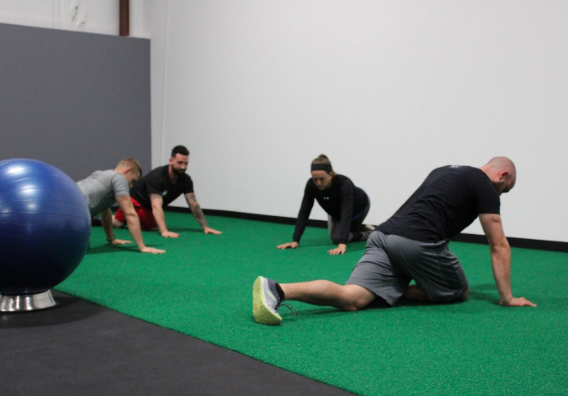One common possession of those who’ve reached their fitness goals is a training journal or log. Open it up and you’ll find meticulous notes of different exercises, most likely written in a specific order, with detailed sections of sets and reps. A good training log is often filled with lists of how much weight was used and blurbs of how you were feeling on that day.
Sometimes reaching your goals isn’t always as clear-cut as you think. When your progress doesn’t reach a level that is satisfactory to you, it’s common to go back through your training journal to see where things went wrong. This can be helpful, but many times there’s more you need to be looking at—recovery is often given little to no consideration when planning your exercise routine.
Recovery Must Meet Your Training
When you train, you’re stressing your body and challenging it’s current capacity and overall homeostasis, whether it be your muscular, nervous, cardiovascular, or endocrine system. Because you survived this challenge, you’ll adapt, and through those adaptations you’ll improve. To help us reach our goals faster, we often place such a high premium on high-intensity and high-volume exercise that we miss the boat on recovery. When your body isn’t recovering adequately between training sessions, you can easily find yourself feeling fatigued, less motivated, and injured.
Keep Your Bank Accounts Full
Everyone likes to have a full bank account. Over-drafting sucks. It doesn’t feel good, and no one likes to do it. So how do you avoid it? The easiest way is to make more deposits.
Think of Your Training as Making Withdrawals
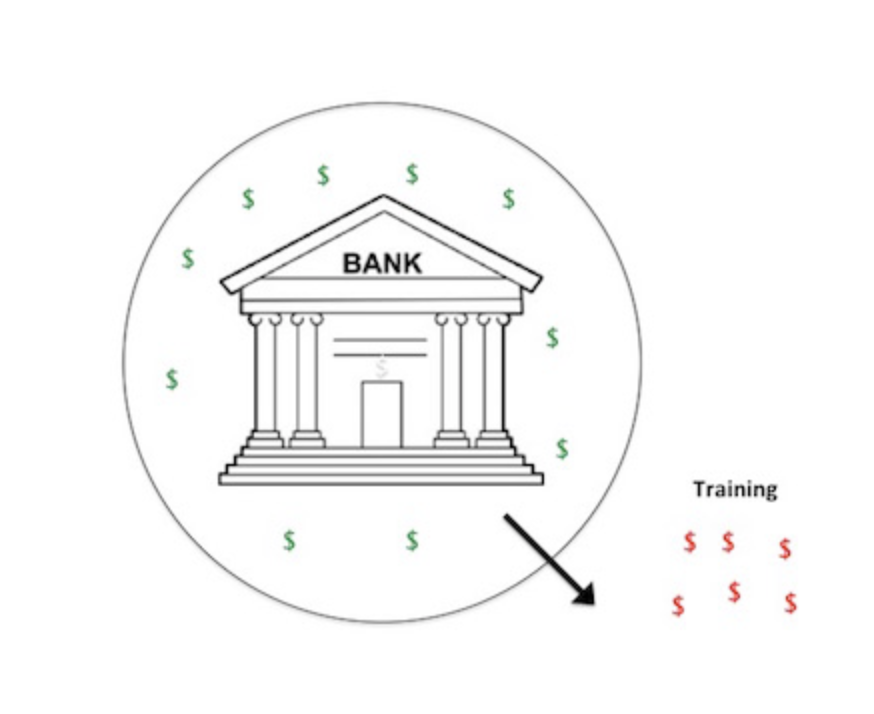
Think of Your Recovery as Making Deposits
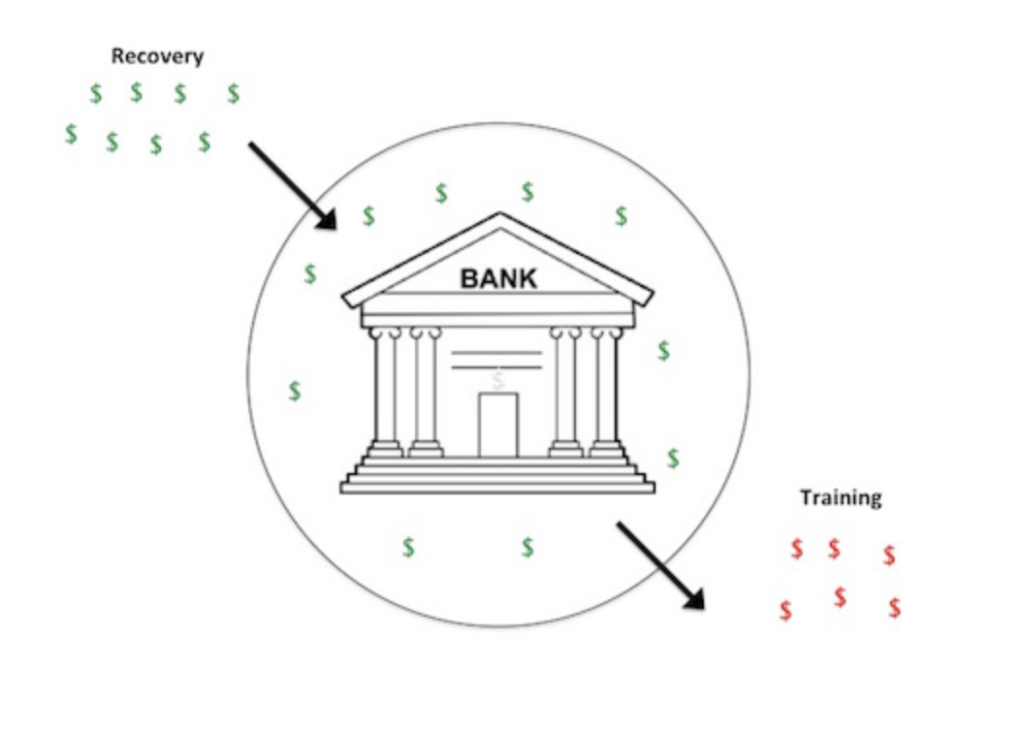
Wouldn’t it be nice if you just had these two variables to manage? Unfortunately, you also have to go to work, make money, take care of your kids, prep food, pay the bills, take care of family drama, plan for your future, and keep your significant other happy.
So here’s what a more realistic “bank account” looks like.
Is This Real Life?
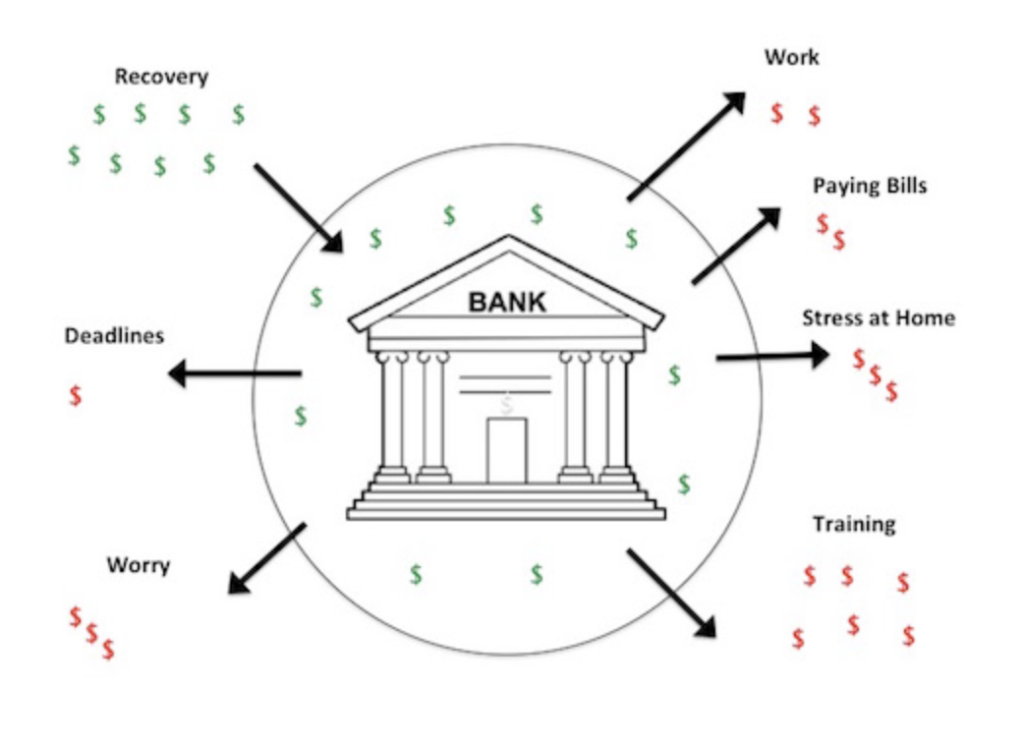
I hope you can now see the value of recovery.

How Do I Make Deposits?
The more deposits you make, the more you’ll be able to withdraw. Better put: The more recovered your body is, the more you’ll be able to train at high intensities in a safe manner. Below are just a few ways you can improve your recovery between training sessions. The list here is really endless.
1) Improve the Quality & Quantity of Your Sleep
- Get 7-9 hours a night
- Create a dark and comfortable sleeping environment
- Begin winding down before you actually lie down in bed
2) Optimal Nutrition
- Eat foods with high nutrient density
- Eat a lot of vegetables
- Adequate amounts of protein
- Good balance of macronutrients
- Promote low levels of inflammation
- Eating enough calories to support your training and activity level
- Stay Hydrated
3) Soft-Tissue Work
- Massage, foam rolling, and acupuncture to help promote nervous system and tissue recovery
4) Active Recovery Sessions
- Perform active recovery sessions when feeling extra tired or sore
5) Meditation
- Create and find space to let your mind relax
In Summary
When it comes to reaching any fitness goal, you’re going to have to put in hard work at the gym. But, you must also consider that you’ll need to put in different types of work outside of the gym. The more you can focus on and understand how to optimize your recovery, the more you’ll be able to keep in your “bank account” and the harder you’ll be able to train. It’s always good to have balance in life, and when it comes to training, it’s no different.
Train hard while appreciating your body’s need to recover, and you’ll likely feel more motivated, healthier, and be able to reach your goals much faster.

Mike Sirani is the Co-Owner of Capital District Sport and Fitness in Round Lake, NY. He’s an experienced strength and conditioning coach and massage therapist who has spent the majority of his career in Boston training professional, collegiate, and high school athletes of various sports, as well as helping general fitness clients of all backgrounds learn to move better and get stronger than ever before. He earned his Bachelor of Science Degree in Applied Exercise Science, with a concentration in Sports Performance, from Springfield College and completed a highly sought after six-month internship at Cressey Sports Performance. Mike specializes in teaching athletes and general fitness clients to get the most out of their bodies by enhancing their movement quality and creating exercises programs that allow you to get stronger, faster, and more powerful in a safe and effective manner.
